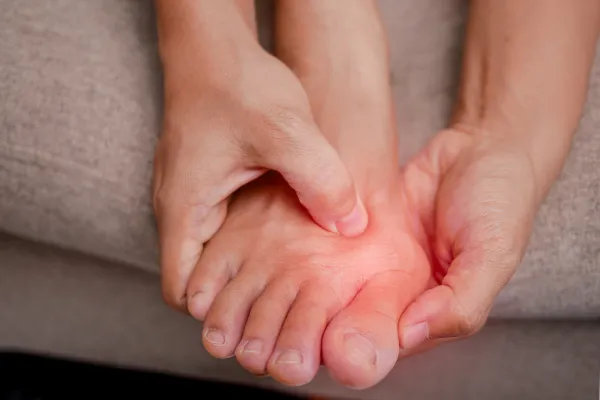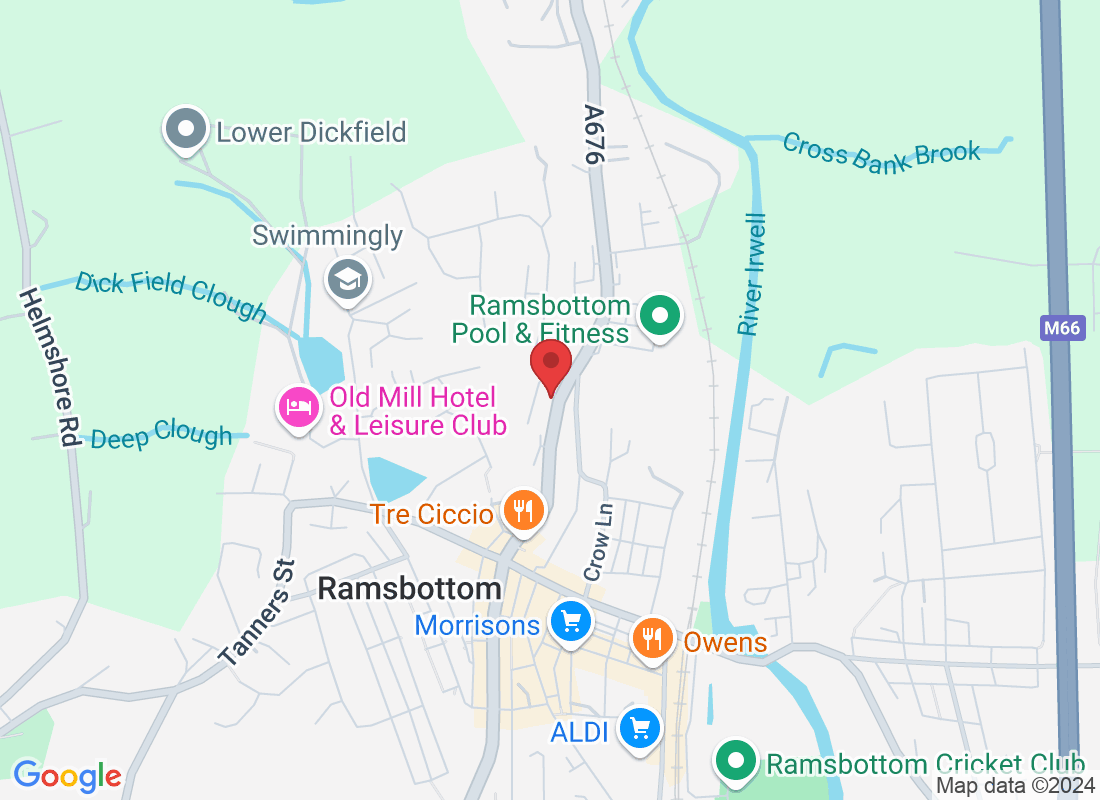
What Are Bunions? Understanding the Causes and Symptoms
If you've noticed a bump on the side of your big toe, chances are you've seen or heard of a bunion. But what exactly is a bunion, and why do they form? Understanding bunions, their causes, and their symptoms is the first step toward managing or preventing them. In this blog post, we’ll break it all down for you in simple terms.
What Exactly Is a Bunion?
A bunion is a bony bump that forms at the base of your big toe, where the toe meets the foot. Over time, the big toe starts to lean toward the second toe, and the bone at the joint sticks out. This shift in the toe’s alignment can cause the joint to become irritated, inflamed, and painful. It might not sound like much, but bunions can lead to a lot of discomfort, especially if they’re left untreated.
How Do Bunions Form?
Bunions don’t appear overnight. They develop gradually over time due to several factors. Here are the main causes:
Genetics: If your family has a history of bunions, you may be more likely to develop them. Genetic factors can contribute to foot structure and alignment problems that lead to bunions.
Footwear Choices: Wearing tight, narrow shoes that squeeze your toes together, especially high heels, can increase the risk of bunions. These shoes put pressure on the toes, forcing them out of their natural alignment.
Foot Injuries: Previous injuries to the foot, especially in the joint of the big toe, can contribute to the development of bunions.
Arthritis: Conditions like rheumatoid arthritis, which affect the joints, can increase your likelihood of developing bunions due to inflammation and weakening of the joint.
Flat Feet: People with flat feet or low arches often experience more pressure on the big toe joint, which can contribute to bunion formation.
Common Symptoms of Bunions
While the bony bump is the most obvious sign of a bunion, there are other symptoms that you might notice as the condition progresses:
Pain and Tenderness: One of the most common symptoms of bunions is pain. The joint at the base of your big toe may become sore, especially after wearing tight shoes or standing for long periods.
Swelling and Redness: The area around the bunion can become swollen, red, or inflamed, which can make it difficult to wear shoes comfortably.
Calluses or Corns: Because the big toe leans towards the second toe, it may create friction, leading to the development of calluses or corns between the toes.
Limited Movement: As the bunion worsens, it can limit your ability to move your big toe, making it harder to walk or perform certain activities without pain.
Changes in Foot Shape: Over time, you might notice your foot’s shape changing, with the toes becoming more crowded or the big toe drifting toward the others.
When Should You Seek Treatment?
If you notice any of the symptoms listed above, it’s important to pay attention to them. While bunions don’t always require immediate medical attention, early intervention can help prevent the condition from getting worse. Simple changes like switching to wider shoes, using padding or orthotics, and doing specific foot exercises may help manage pain and slow down the progression of the bunion.
In more severe cases, if the pain becomes unbearable or mobility is significantly affected, you may want to consult a podiatrist about more advanced treatment options, including surgical intervention.
Final Thoughts
Bunions are a common foot problem that affects many people, but they don’t have to control your life. Understanding what they are, how they form, and recognizing the symptoms early is crucial for managing the condition. With the right care, you can keep your feet comfortable and prevent further issues from arising.
If you're dealing with bunion pain or want to learn more about how to manage it, don't hesitate to reach out to Prime Foot Clinic. We’re here to help you get back on your feet with the right treatments and advice.



